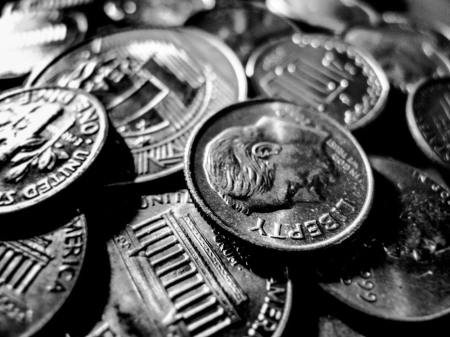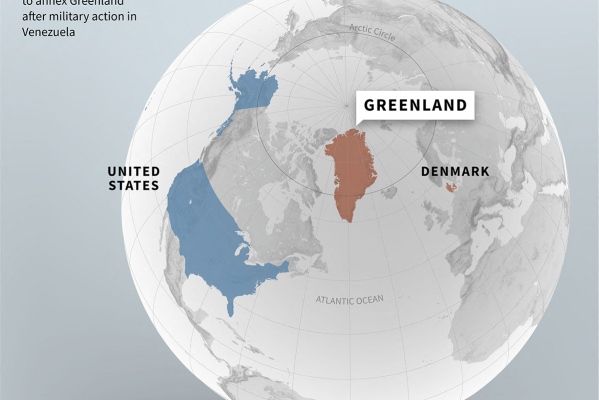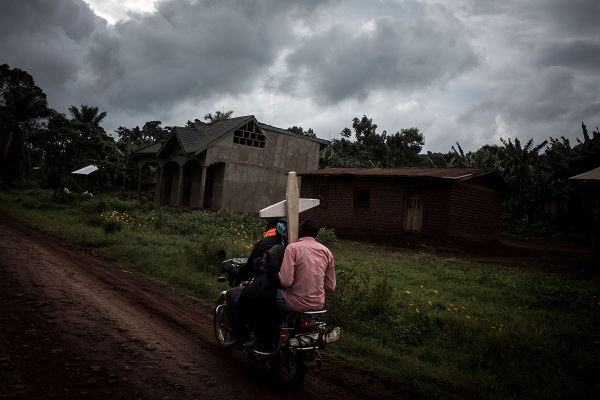Lack of commerce, contamination fears create coin shortage

A nationwide coin shortage is causing stores across the country to push card payments instead of cash transactions amid the coronavirus pandemic as the U.S. government is taking steps to meet the increased demand.
American consumers may have noticed signs in their local grocery stores or Walmarts suggesting they use card payments instead of cash. Traditionally, retail stores do not promote card transactions because of the costs stores face each time a consumer swipes a card.
But the new trend is thanks to the coin shortage acknowledged by the U.S. Mint that is attributed to a lack of commerce and coin production.
In a statement to The Christian Post, the U.S. Mint said that it has been at full production capacity since mid-June, but took early precautions with production to maintain a safe workplace for Mint employees.
“The Mint acted quickly and decisively during the early phases of the COVID-19 public health crisis to implement measures to mitigate the risk of employee exposure to COVID-19,” read the statement. “Throughout the public health challenge, the Mint has continued to meet its essential mission of manufacturing coins to facilitate national commerce.”
However, a larger factor in the shortage may be the lack of retail activity.
According to the Mint, 83% of circulating coins come from commerce activity and only 17% come from the Mint. The demand for coins has seen a giant increase as cash transactions have slowed during the pandemic.
“In June, the Mint produced almost 1.6 billion coins. This equates to an annualized production level of 19.8 billion circulating coins,” the Mint explained. “For comparison, the Mint produced 12.4 billion circulating coins in 2019.”
Many consumers are wary of using cash because of a fear of contracting the virus. This has caused the reduced use of cash and increased use of cards, Mastercard Chief Financial Officer Sachin Mehra said on a conference call with investors last month, according to Bloomberg.
Paper cash is available at ATMs and has not seen the same level of demand as coins. Coins have not been available where they are most needed, such as grocery store checkout lines.
“The Federal Reserve is experiencing a significant coin shortage across the U.S., resulting from fewer coins being exchanged and spent during the Covid-19 pandemic,” Kroger, one of the largest supermarket chains in the U.S., said in a statement released to media last Thursday.
“Like many retailers and businesses, we are adjusting to the temporary shortage in several ways while still accepting cash.”
A 2019 poll conducted by GoBanking Rates found that 37% of Americans polled preferred making cash transactions through card or mobile app. Their reasoning primarily pertains to safety against fraud and its acceptability at a variety of vendors.
In response, the Federal Reserve has launched a task force to partner with other agencies. The task force has created a strategic plan for allocating coins fairly.
“A U.S. Coin Task Force was formed to identify, implement, and promote actions to address disruptions to coin circulation,” the Federal Reserve said in a statement released last week. “As the economy recovers and businesses reopen, more coins will flow back into retail and banking channels and eventually into the Federal Reserve, which should allow for the rebuilding of coin inventories.”
A temporary solution was enacted last Monday by the task force. Federal Reserve banks began allocating coins to “depository institutions.” Coin distribution will be based on coin order history and will be balanced by availability.
The Federal Reserve said that while the task force is working toward solutions, restoring the availability of coins will take a national, connected effort. The Federal Reserve has even started the social media hashtag to promote the circulation of coins called #getcoinmoving.
“The coin circulation issue is national in scale,” the Federal Reserve said. “While the task force will be focused on identifying actionable steps that supply chain partners can take to address the issue, it is clear that it will take all of our collective efforts to get coin moving again.”





















